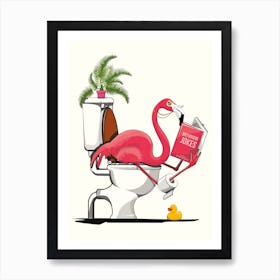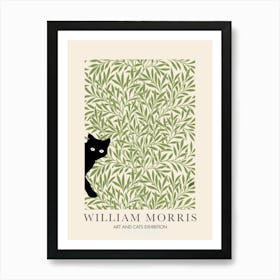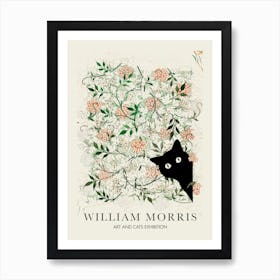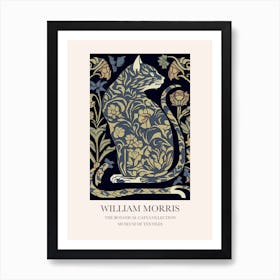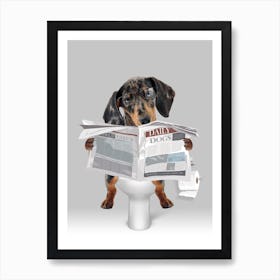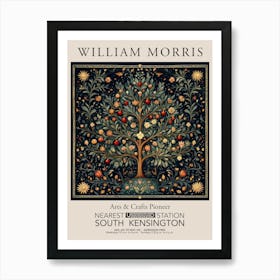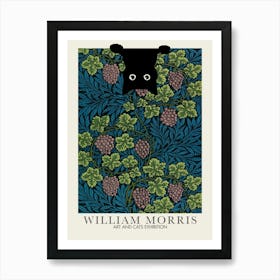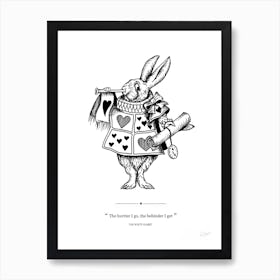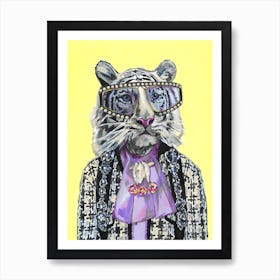Animal Art Prints and Posters
Wall Art That Will Have You Going Wild
Animal wall art has had a major comeback this year, and we can totally see why! Animals rock – and their beautiful colours and gorgeous faces make for some amazing wall decoration inspo.
From $27
From $27
From $31
From $27
From $27
From $25
From $26
From $31
From $25
From $27
From $27
From $27
From $26
From $27
From $27
From $29
From $27
From $27
From $27
From $29
From $27
From $27
From $26
Looking for something different?
Hear from our Animal Art Prints and Posters customers
4.8 (4,746)
Anonymous .
Verified purchase · 04 Dec 2024
We are very happy with the painting. It adds a nice touch to the living room. Very good quality and price is very reasonable.
Anonymous .
Verified purchase · 04 Dec 2024
Amazing selection of beautiful colourful prints
Anonymous .
Verified purchase · 03 Dec 2024
I have been looking for prints for a specific hallway for months and found these gorgeous loons on Fy! They fit the space perfectly! I’m very pleased! Thanks Fy!
Frequently asked questions
Popular shops
Wall Art Prints & PostersArt PrintsBedroom Wall Art & DecorKitchen Wall ArtLiving Room Wall ArtAbstract Wall ArtWilliam Morris Art Prints & PostersAnimal Wall ArtNature Art Prints and PostersArt Deco Posters & PrintsBathroom Wall ArtArt Prints By RoomPlants Wall ArtDining Room Wall ArtHallway Wall ArtGym Wall ArtGustav Klimt Art Prints & PostersHenri Matisse PrintsClaude Monet Art Prints & PostersPaul Klee Art Prints & Posters












